
How many purification types does air purifier have?
- 2022-06-10
- 1820
At present, there are roughly the following types of air purifiers in the markets: 1. Electrostatic dust collection type; 2. Electronic dust collection type; 3. Ozone type; 4. Negative ion type; 5. Filter element type; 6. Activated carbon adsorption type; 7. Ultraviolet sterilization type; 8. Integrated type and other types.
1. Electrostatic dust collection type,
The purpose of improving indoor air pollution particles is to absorb the pollutant particles passing through the filter screen through plastic fibers or fine-mesh metal meshes with electrostatic charges. However, the filter needs to be cleaned frequently, otherwise the purification efficiency will be decreased with the increase of using time.
2. Electronic dust collection type,
The polluting particles are charged use of high voltage, which are adsorbed to the collecting plate when the charged polluting particles pass through the collecting plate with the positive and negative electrodes crossed so as to achieve the purpose of improving the polluting particles in the indoor air. However, the collection plate needs to be cleaned frequently, otherwise its purification efficiency will be decreased with the increase of using time.
3. Ozone type,
Ozone, chemical formula O3, is a gas that normally exists in the atmosphere. In nature, ozone plays a role in protecting the atmosphere. Ozone has a strong bactericidal effect and is often used for disinfection in certain specific environments of hospitals. The ozone air purifier uses the principle of electronic discharge to generate an appropriate amount of ozone, and releases the ozone into the surrounding air to achieve the purpose of sterilization and disinfection. However, due to it's difficult to control the concentration of ozone released, if excessive ozone in the air , which will damage human alveolar tissue and endanger human health (the international allowable concentration in the air is 0.05 micromol/mol). Therefore, the U.S. Environmental Protection Agency (EPA) does not recommend that use the air purifiers with ozone.
4. Negative ion type,
There are a large number of negative ions generated in nature in forests, waterfalls, lakes and seasides. A large number of negative ions will absorb dust and pollution particles in the air, and aggregate each other into larger particles, which will settle to the surface, thus refreshing the natural ambient air. The negative ion air purifier uses the generated negative ions after high-voltage discharge, and releases the negative ions into the indoor air, absorbs the dust and pollution particles in the air, aggregates each other into larger particles, and settles on the ground and the surface of the object, thereby to achieve the purpose of refreshing indoor air. Negative ion air purifier requests the released negative ions must reach a certain concentration and must be equipped with a dust collection device, which will truly purify the indoor air. Otherwise, the large particle pollutants that settle on the ground and the surface of the object will also bring two secondary pollution. What needs to be added is that while the negative ions are generated by the high-voltage discharge, ozone is generated as well.
5. Filter type,
The filter element air purifier is to use forcing the indoor air to pass through various filters to filter and absorb the pollution particles and harmful microorganisms in the air, so as to achieve the purpose of purifying the indoor air. At present, filter element air purifiers generally use the following filter element materials:
⑴. Ordinary filter element: mainly made of plastic fiber, fine-mesh metal mesh and non-woven material, etc., to filter the larger dust and pollution particles in the indoor air.
⑵.HEPA filter element (high-efficiency air particulate filter element): It is currently recognized as a higher standard filter material by professional environments such as medical industry and laboratories. The diameter of the filter hole of the real medical high-precision HEPA filter material can be as small as 0.3 microns. The three-dimensional filter element made by folding this filter material increases the filtering area, not only effectively filtering and absorbing the fine particles and bacteria in the air , and prolong the service life.
⑶. Other special filter elements: such as medical anti-microbial filter materials that can effectively inhibit the reproduction and regeneration of microorganisms.
6. Activated carbon adsorption type,
Activated carbon is a black microcrystalline carbon material with a well-developed internal microporous structure (1 gram of activated carbon has an internal microporous expansion area ranging from nearly 300-1000 square meters), and is an excellent adsorbent. , catalyst and catalyst carrier. It is widely used in almost all fields such as modern industry, science and technology, medical treatment, military and daily life. Activated carbon can be divided into coal activated carbon, wood activated carbon, organic activated carbon, regeneration activated carbon, fruit shell activated carbon and coconut shell activated carbon according to its raw material source. Among them, mesoporous coal-based activated carbon is the top grade in activated carbon, which is often used as air purification and made into industrial gas masks for workers in toxic gas environments. It can increase the range of activated carbon to adsorb the types of toxic gases in the air. The activated carbon that has been specially treated by adjusting the pore size is also used as a military gas mask against biological and chemical weapons, filtering sarin gas and anthrax bacillus, etc.
The air purifier is based on the principle that activated carbon has high adsorption capacity for toxic gases in the air (1 gram of activated carbon for air purification has a micropore expansion area of nearly 1,000 square meters, which can absorb 60% of its own weight of chemical toxic gases and odors. ) By forcing indoor air to pass through the activated carbon filter layer inside the purifier, it can effectively adsorb toxic gases and odors, so as to achieve the purpose of purifying indoor toxic gases.
7. Ultraviolet sterilization type
The ultraviolet sterilization air purifier and disinfector also adopts the method of forcing the flow of indoor air, so that the air passes through an isolation container equipped with ultraviolet disinfection lamps that does not directly irradiate the human body, so as to kill all kinds of bacteria, viruses and fungi in the indoor air. the goal of. Ultraviolet rays are divided into A wave, B wave, C wave and vacuum ultraviolet rays. Among them, the ultraviolet rays used for disinfection and sterilization should be C band, and its wavelength range is 200-275nm (nanometer), and the band with the strongest sterilization effect is 250-275nm (nanometer). ). The irradiation dose of ultraviolet disinfection lamps used to kill bacteria, viruses and fungi should reach more than 20,000 μW.s/cm2.
8. Integrated type and other types,
The integrated air purifier, as the name suggests, is a combination of individual air purification methods to achieve the purpose of purifying a variety of indoor air pollutants. Common integrated air purifiers are: (1) electrostatic dust collection + ordinary filter element type; (2) electrostatic dust collection + electronic dust collection type; (3) negative ion + electronic dust collection + ordinary filter element type; (4) negative ion + HEPA filter element; (5) ordinary filter element + HEPA filter element + activated carbon; (6) ordinary filter element + HEPA filter element + activated carbon + ultraviolet sterilization and so on.
-
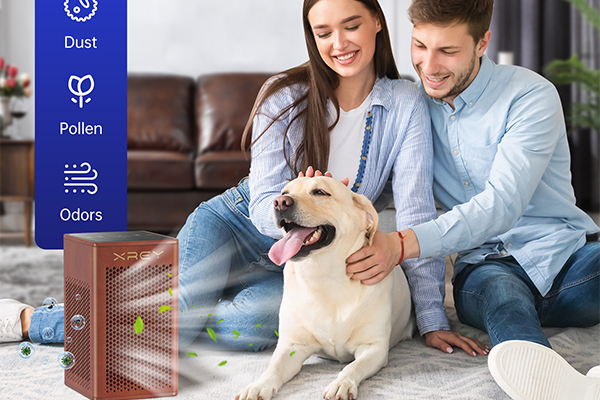 2022-04-26Are air purifiers environmentally friendly ?
2022-04-26Are air purifiers environmentally friendly ? -
 2022-04-26The importance of wearing a mask correctly
2022-04-26The importance of wearing a mask correctly -
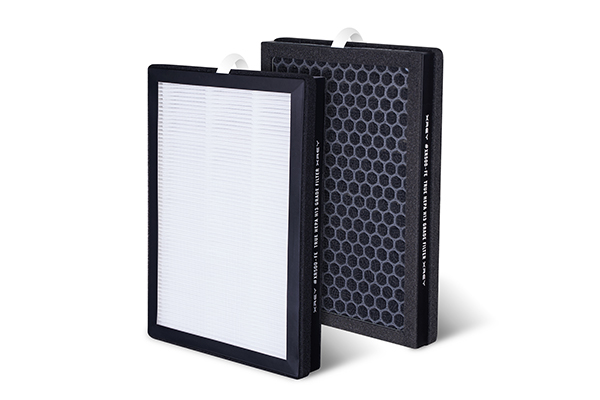 2022-04-27Connexions Air H13 True HEPA Filters
2022-04-27Connexions Air H13 True HEPA Filters -
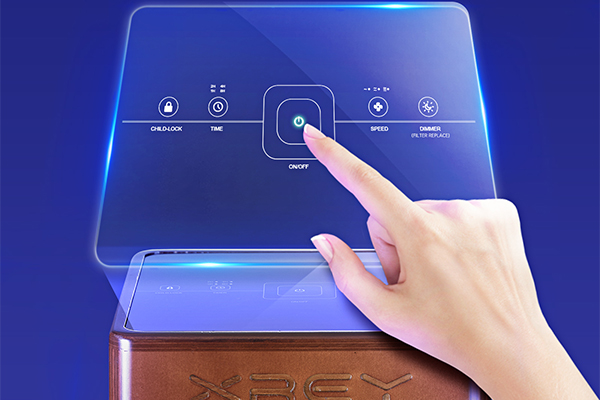 2022-04-29What is the use of anion function of air purifier?
2022-04-29What is the use of anion function of air purifier? -
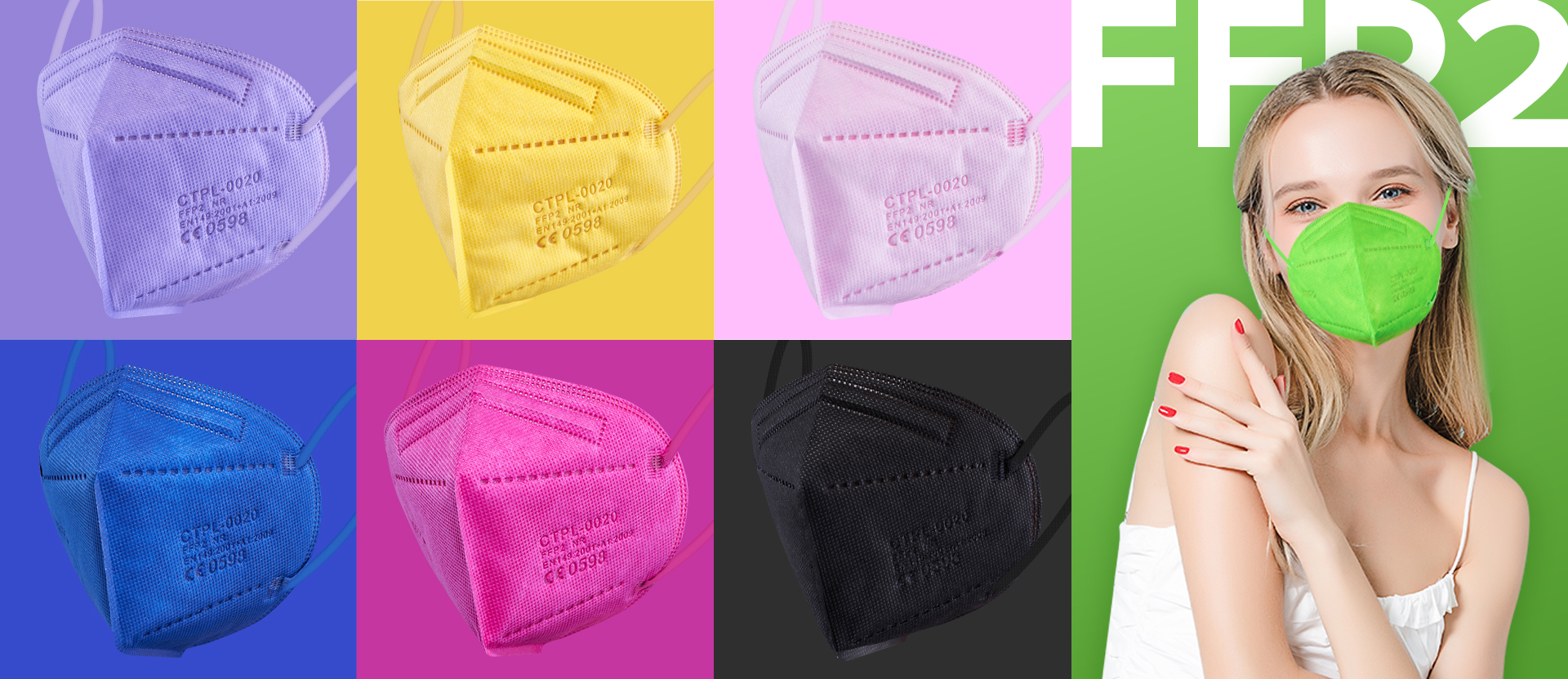 2022-05-08Standardize the wearing of masks, children should not be missed!
2022-05-08Standardize the wearing of masks, children should not be missed! -
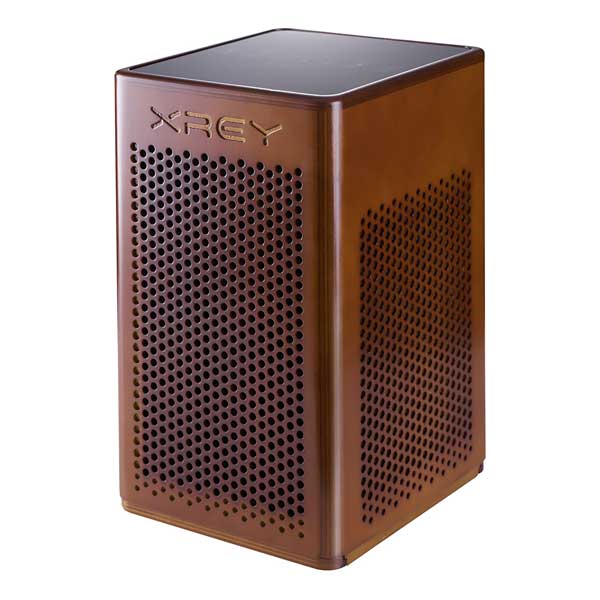 2022-05-16Hazy days, air purifiers are useful?
2022-05-16Hazy days, air purifiers are useful? -
 2022-05-16Attention everyone! Don't buy fake FFP2 masks! How do we identify?
2022-05-16Attention everyone! Don't buy fake FFP2 masks! How do we identify? -
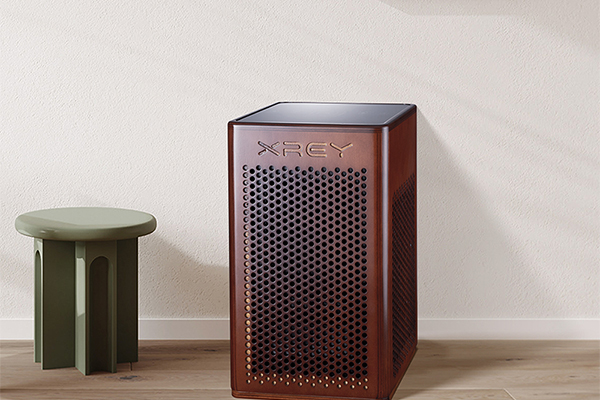 2022-05-17Pay attention to secondary pollution when using air purifiers
2022-05-17Pay attention to secondary pollution when using air purifiers -
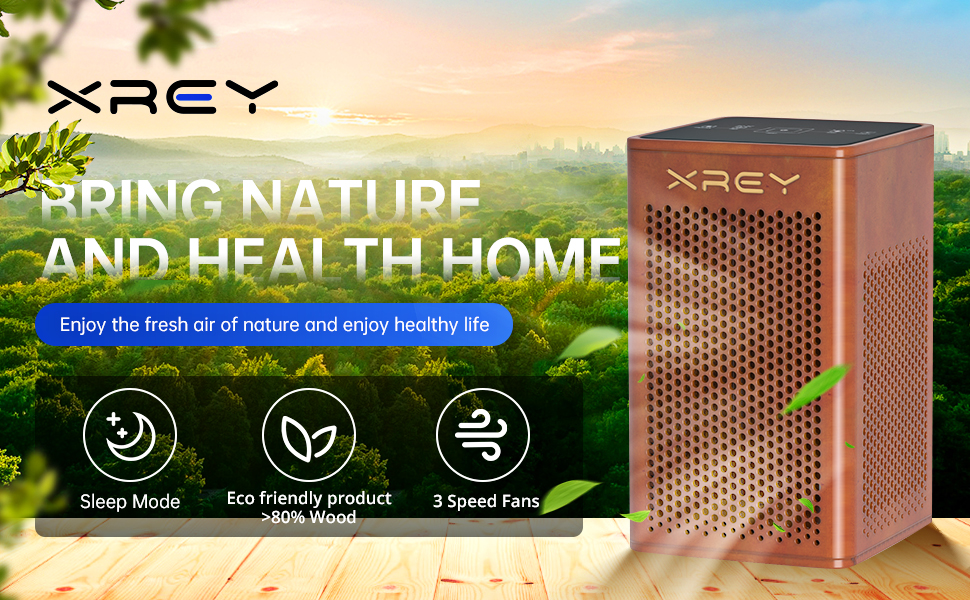 2022-05-17TOP5 pollutants that the purifier can purify
2022-05-17TOP5 pollutants that the purifier can purify
-
 2020-06-02Why do Face Masks Matter With This Coronavirus
2020-06-02Why do Face Masks Matter With This Coronavirus -
 2020-06-02How to Wear Mask
2020-06-02How to Wear Mask -
 2020-06-02Three Principles of Choice of Masks
2020-06-02Three Principles of Choice of Masks -
 2020-06-022020 Situation of Mask Market
2020-06-022020 Situation of Mask Market -
 2020-06-17What other preventative measures can you take to protect yourself from airborne substances?
2020-06-17What other preventative measures can you take to protect yourself from airborne substances? -
 2020-06-08The Advantage of Disposable Face Masks
2020-06-08The Advantage of Disposable Face Masks -
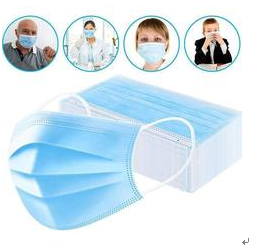 2020-06-093 Ply Disposable Face Mask & Soft & Comfortable Ear Loop
2020-06-093 Ply Disposable Face Mask & Soft & Comfortable Ear Loop -
 2020-06-17What are the regulations for surgical face masks?
2020-06-17What are the regulations for surgical face masks? -
 2020-06-09Do I need to wear a face mask if I am quarantined?
2020-06-09Do I need to wear a face mask if I am quarantined?
CONTACT US


Connexions Technology (Dongguan) Ltd.
We are always providing our customers with reliable products and considerate services.
If you would like to keep touch with us directly, please go to contact us
